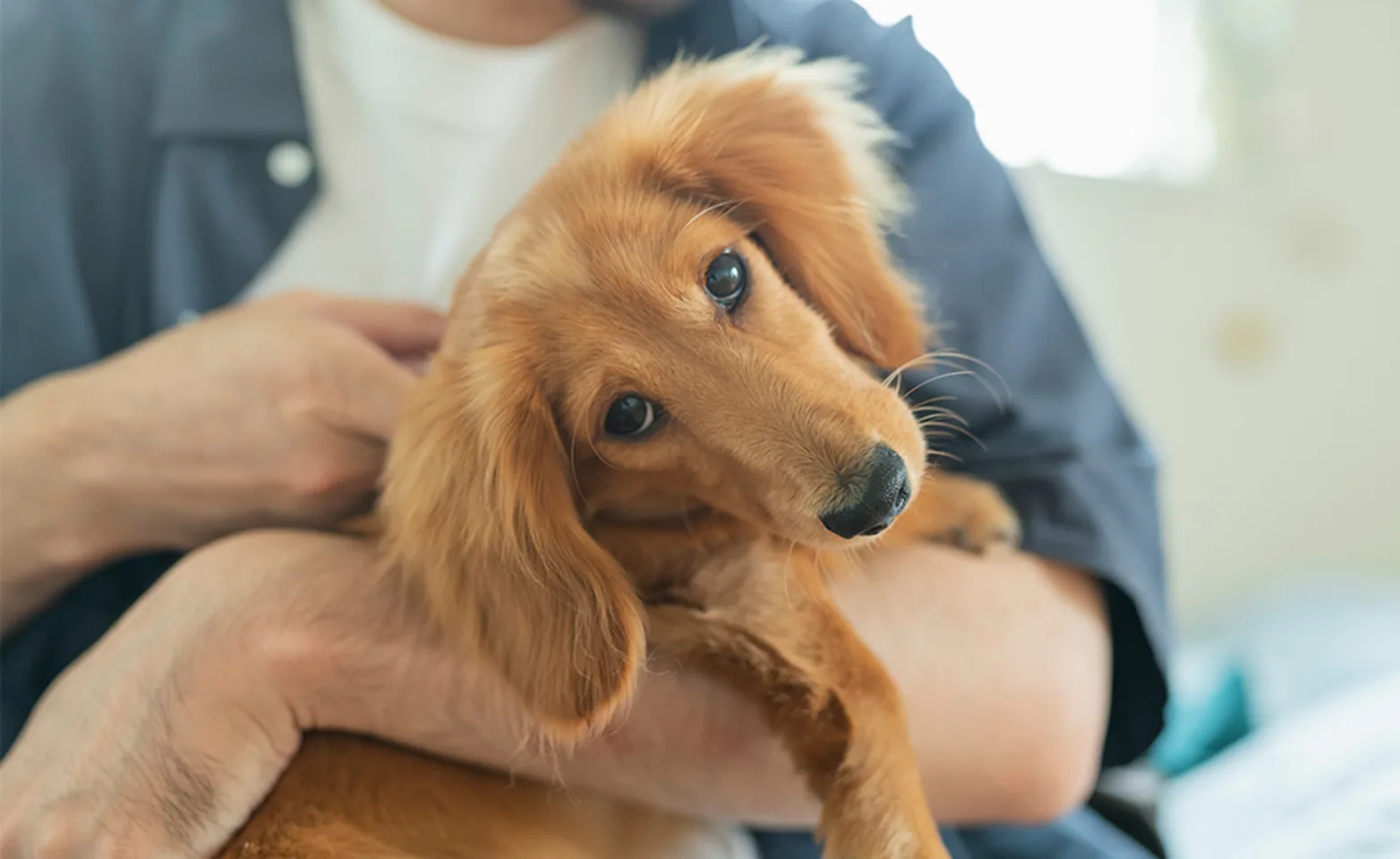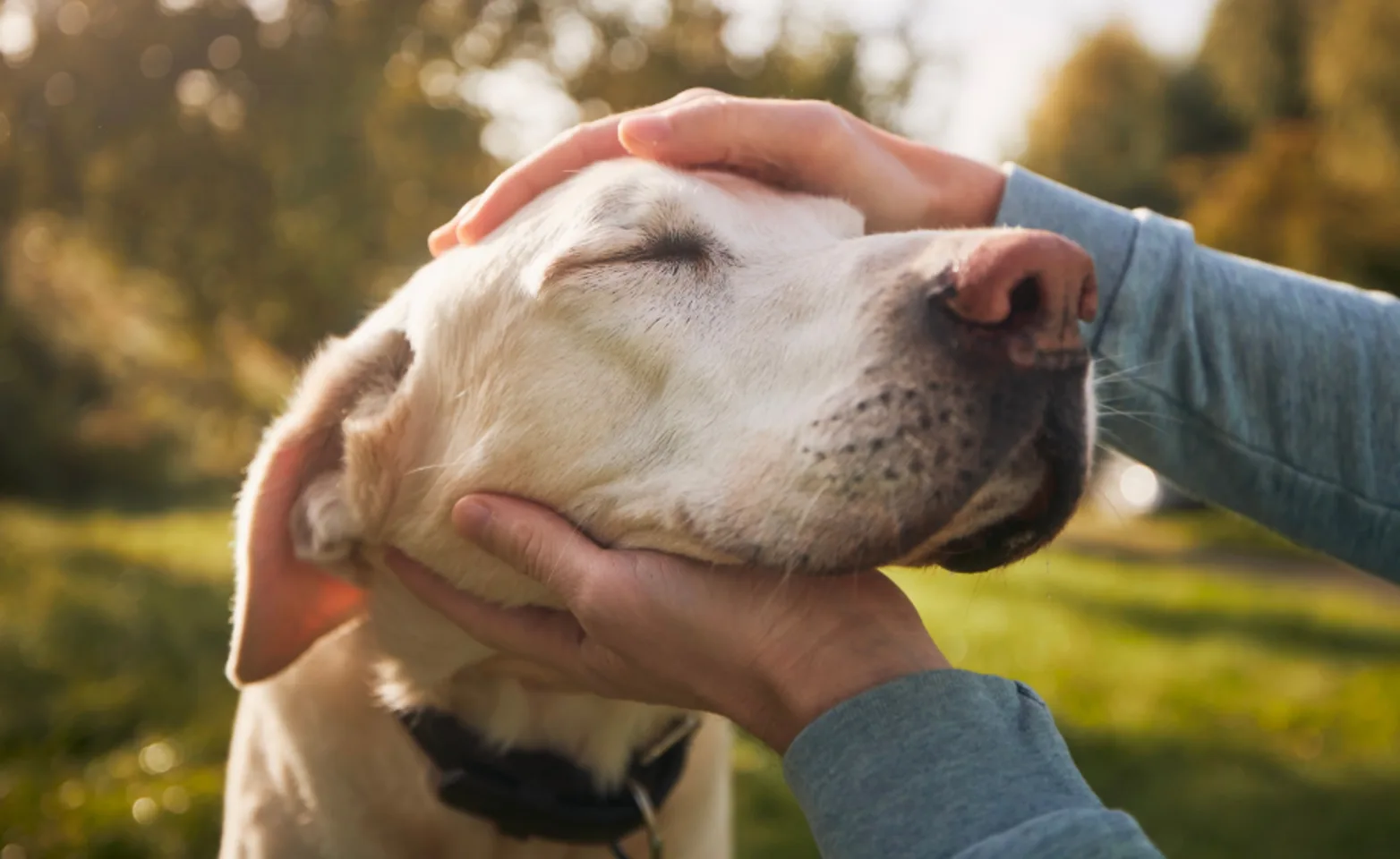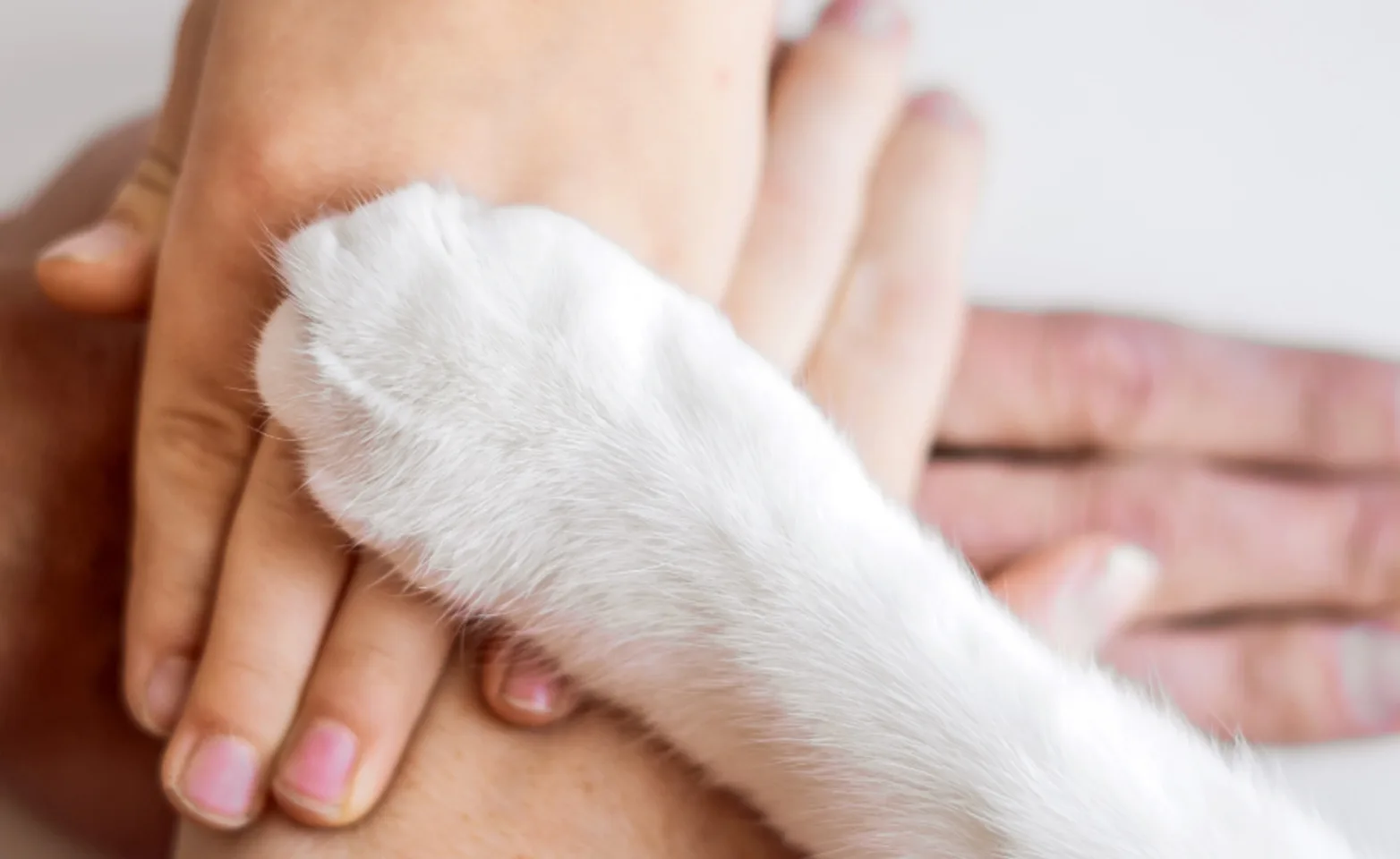The Paw Patch Place

What is Giardia?
Giardia is a common protozoal parasite that lives in the intestines of its host (dogs, cats, humans, etc). This parasite is a microscopic organism that attaches to the lining of the intestinal tract and can cause diarrhea (possibly from poor absorption of nutrients and vitamins, however, this has not yet been confirmed).

How did my pet get Giardia?
The only known route of infection of Giardia is oral ingestion; this means your pet has ingested the microscopic organism from infected feces, soil, or water. Examples of possible ingestion could include:
Direct contact with infected feces from another animal
Rolling and playing in contaminated soil (then licking soil from fur)
Drinking from a water source that contains the parasite (puddle, pond, creek, etc)

Can I get Giardia from my pet?
It is possible, but very unlikely. Here are some things you can do to decrease the possibility even more:
Wear gloves and pick up fecal matter immediately after your pet defecates; dispose in a plastic bag
Practice frequent and proper hand washing
Wear gloves if working in a garden; wild animals can carry Giardia and infect the soil too
Bathe your pet (wearing gloves is recommended) * especially around the anus to remove any
Giardia may be stuck to the fur. Make sure to do this AT LEAST once halfway through treatment and again when treatment is finished.
Hard surfaces (crates, floors, cement, garbage cans, etc.) *daily if possible
Always clean surfaces with soap or other disinfectant until visible contamination is gone.
Use a bleach solution of ¾ cup bleach to 1 gal of water. Allow the solution to stay in contact with the surface for AT LEAST 1-3 minutes before rinsing with clean water.
Carpet/Furniture:
Remove any fecal matter
Clean with regular detergent or carpet/upholstery cleaner, following manufacture guidelines, allow to completely dry
Steam clean for 5 minutes at 158 degrees F
Toys/clothes/bedding daily if possible
Food and water bowls, as well as any dishwasher-safe toys may be disinfected in a dishwasher with a final rinse or dry cycle that reaches at least 113 degrees F for 20 minutes. (If no dishwasher, dishwasher-safe items should be submerged in boiling water for 1-3 minutes).
Bedding (yours too if your pet sleeps in your bed), soft toys, and clothing should be washed and dried on the highest heat setting for 30 minutes
